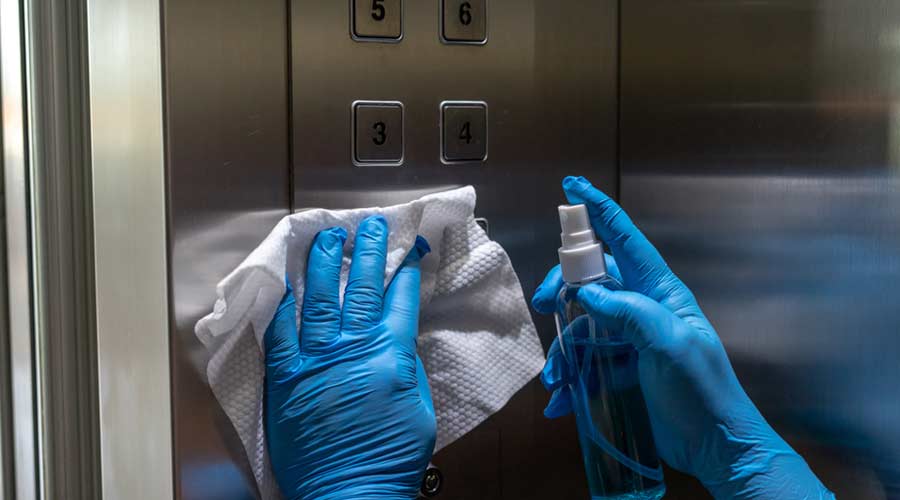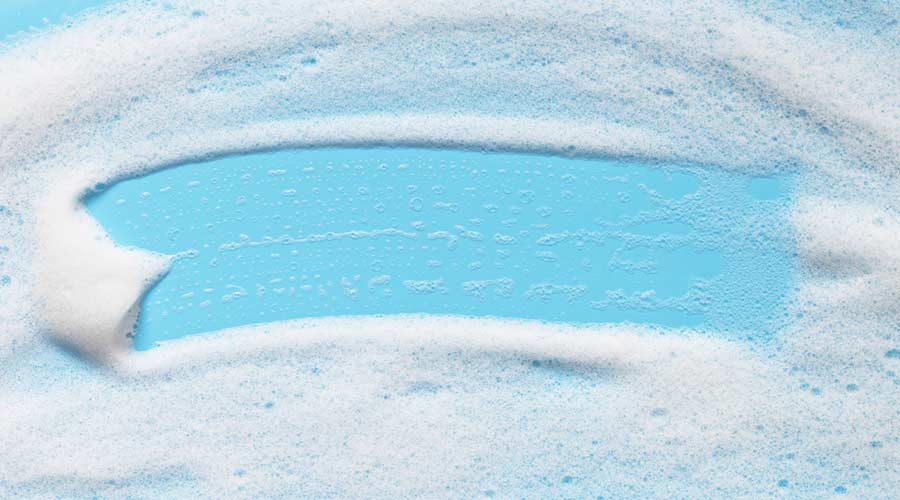
Across every corner of the cleaning industry—whether in hospitals, schools, office buildings, or hotels—one truth remains constant: the frontline cleaning team is the heartbeat of the operation. Their work is often unseen but deeply felt. Yet, despite being vital to health, safety, and perception, cleaning professionals are frequently the most under-recognized and under-engaged members of the workforce. This presents an opportunity.
Facility cleaning managers in any facility type face the same challenge: how to retain staff, reduce turnover, and boost morale in a labor market where good help is hard to find and even harder to keep. The solution starts with rethinking how to lead, communicate, and celebrate those doing the work.
Why Engagement Matters
Today’s workforce wants more than a paycheck. Cleaning professionals—like all employees—want to feel valued, informed, and connected to a bigger purpose. Engagement is not about gimmicks; it’s about meaningful connection. In cleaning departments, engagement often starts with leadership presence and communication.
Daily or weekly huddles, two-way feedback, and opportunities for team members to offer suggestions or report concerns without fear of judgment are crucial. Engagement isn’t just about how often managers talk—it’s about how well they listen. For example, listen with your eyes, not just your ears. Teams feel more motivated when they believe their input matters.
The Multi-Generational Workforce
Today’s cleaning teams often include four generations working alongside one another: Baby Boomers, Gen X, Millennials, and Gen Z. Each group brings unique strengths and distinct needs when it comes to engagement and recognition.
Baby Boomers value stability, experience, and respect. They often appreciate face-to-face conversations, formal recognition (like years-of-service pins), and being consulted as mentors or trainers.
Gen X employees tend to value autonomy, honesty, and balance. They engage well through transparent communication, flexible scheduling, and being asked to help improve systems or solve problems.
Millennials crave meaning and connection. They want feedback, professional growth, and inclusive environments. They often respond best to digital tools, peer recognition, and a sense of community.
Gen Z—the youngest on most teams—are digital natives. They thrive on quick feedback, visual communication, and being part of socially conscious workplaces. Recognition via digital shout-outs, quick surveys, or team challenges can resonate with this age group.
A one-size-fits-all approach won’t work. Leaders who tailor their recognition methods—whether it’s a handwritten note, a team app notification, or a group lunch—will see stronger engagement across the board.
The Role of Emotional Intelligence
Strong leaders in the cleaning industry are not just task-oriented; they’re people-focused. Emotional intelligence (EI) is the ability to recognize, understand, and manage a person's own emotions while also being attuned to the emotions of others.
In high-pressure environments, like hospitals or large commercial buildings, emotionally intelligent leaders know how to respond calmly, offer support, and de-escalate conflict. They’re able to spot burnout before it happens and guide difficult conversations with empathy instead of defensiveness.
EI enhances engagement by making employees of all ages feel heard, respected, and supported. It helps managers strike the right tone, whether offering feedback, resolving interpersonal tensions, or encouraging improvement.
At its core, emotional intelligence strengthens trust, which is the foundation for retention, performance, and pride.
Power of Recognition
If engagement builds trust, recognition fuels pride. What gets recognized gets repeated. In many operations, recognition is saved for annual reviews or employee-of-the-month plaques that gather dust. That’s not enough.
Recognition should be:
- Frequent: Celebrate wins whether they are big or small and on a daily or weekly basis.
- Specific: “Thank you for taking extra time to clean the vents” is more powerful than a generic “Good job.”
- Public: Whether it’s a whiteboard in the breakroom, a shout-out on the PA system, or a spotlight in the team chat, recognition that’s shared motivates the whole team.
- Inclusive: Recognition should reflect a variety of wins. Consider perfect attendance, teamwork, kindness, improvement, and going above and beyond.
Lessons in Leadership

 The Down and Dirty on Cleaning in Virus Season
The Down and Dirty on Cleaning in Virus Season How Surfactant Use is Expanding in Commercial Cleaning
How Surfactant Use is Expanding in Commercial Cleaning